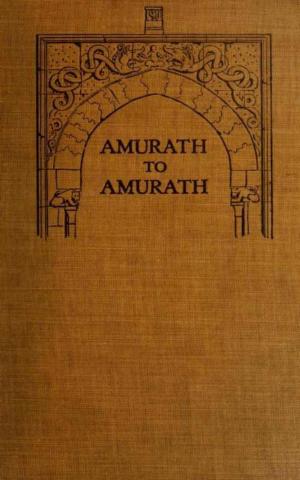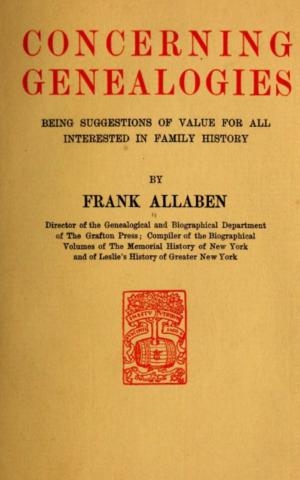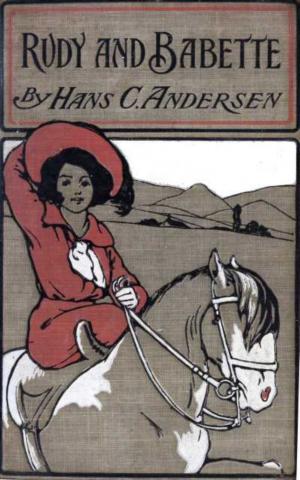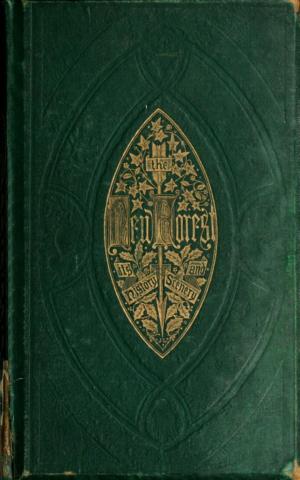| Author: | Robert Burn | ISBN: | 9783736406834 |
| Publisher: | anboco | Publication: | August 9, 2016 |
| Imprint: | Language: | English |
| Author: | Robert Burn |
| ISBN: | 9783736406834 |
| Publisher: | anboco |
| Publication: | August 9, 2016 |
| Imprint: | |
| Language: | English |
This book is intended to serve as a handbook to the actually-existing ruins and monuments of ancient Rome and the Campagna. It is divided into topographical sections for the convenience of travellers visiting Rome, and the monuments which exist in each section have been briefly described, and a summary given of their history and archæological value. The introductory section contains general remarks upon the site, monumental history, and architecture of Rome; and in a section prefixed to Chapter IX. the nature of the soil and configuration of the hills and valleys of the district surrounding the city are stated. In the Appendix to the eighth chapter will be found a list of the chief monumental antiquities in the museums, galleries, and other public places. This has been thought to be useful, as these are often difficult to recognise from being mixed with so many other attractive and important objects of more modern art and history. All speculative conjectures as to the probable sites or constructions of ancient buildings or places have been avoided. Such questions require more space than can be spared in so small a volume, and have been fully treated of in my larger work, "Rome and the Campagna." I have confined myself in this handbook to a brief topographical, archæological, and historical description of each existing ruin or monument. The references given have been restricted to modern treatises and to a few of the more rarely read Greek and Latin authors. Full classical authorities are[Pg vi] given in "Rome and the Campagna," and are referred to in the foot-notes of this handbook. The importance of topographical and archæological knowledge, in enabling us to realise the history of ancient life, both national and social, is fortunately becoming more and more generally recognised. The early growth and characteristic features of the Roman commonwealth can be traced in great measure to the conformation of the ground on which the community was first developed.
This book is intended to serve as a handbook to the actually-existing ruins and monuments of ancient Rome and the Campagna. It is divided into topographical sections for the convenience of travellers visiting Rome, and the monuments which exist in each section have been briefly described, and a summary given of their history and archæological value. The introductory section contains general remarks upon the site, monumental history, and architecture of Rome; and in a section prefixed to Chapter IX. the nature of the soil and configuration of the hills and valleys of the district surrounding the city are stated. In the Appendix to the eighth chapter will be found a list of the chief monumental antiquities in the museums, galleries, and other public places. This has been thought to be useful, as these are often difficult to recognise from being mixed with so many other attractive and important objects of more modern art and history. All speculative conjectures as to the probable sites or constructions of ancient buildings or places have been avoided. Such questions require more space than can be spared in so small a volume, and have been fully treated of in my larger work, "Rome and the Campagna." I have confined myself in this handbook to a brief topographical, archæological, and historical description of each existing ruin or monument. The references given have been restricted to modern treatises and to a few of the more rarely read Greek and Latin authors. Full classical authorities are[Pg vi] given in "Rome and the Campagna," and are referred to in the foot-notes of this handbook. The importance of topographical and archæological knowledge, in enabling us to realise the history of ancient life, both national and social, is fortunately becoming more and more generally recognised. The early growth and characteristic features of the Roman commonwealth can be traced in great measure to the conformation of the ground on which the community was first developed.















